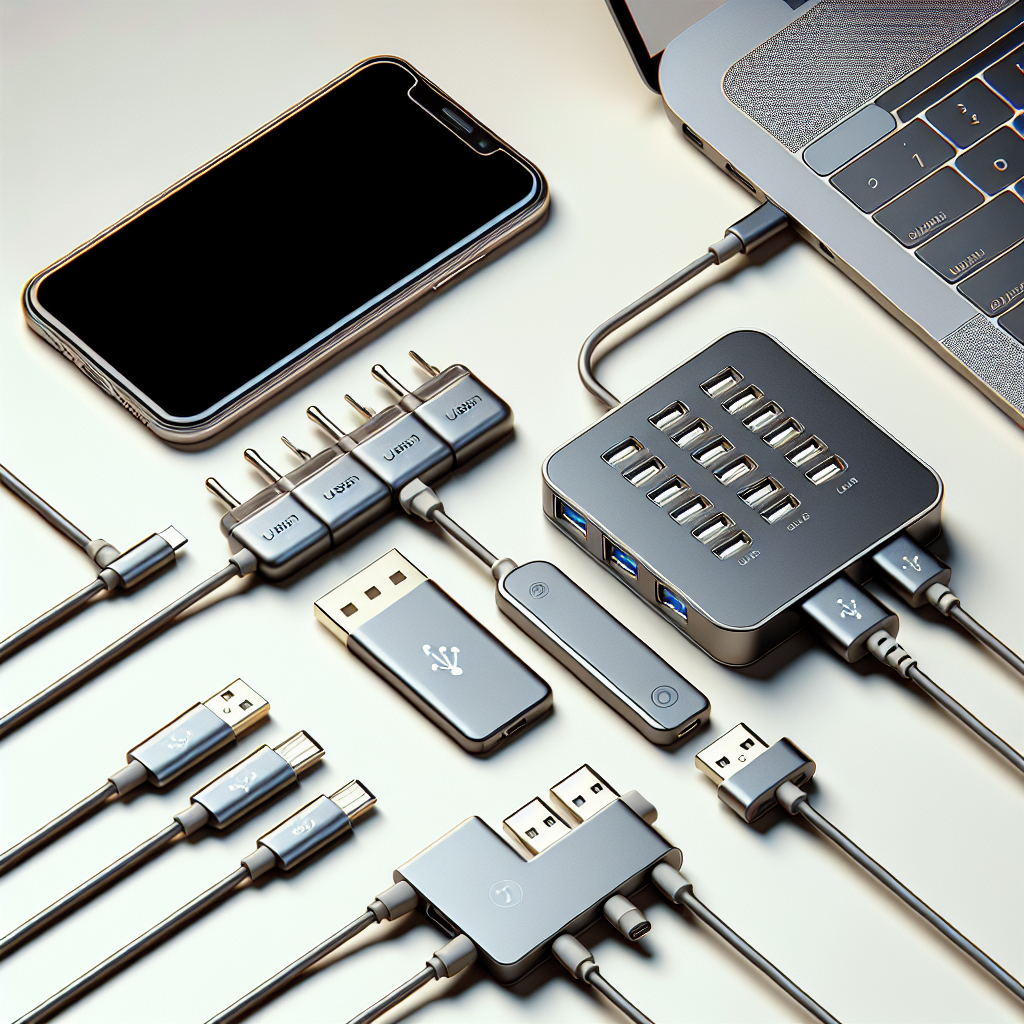Can I Use a USB Splitter with a USB-C Device?
As technology continues to evolve, the demand for versatile and efficient connectivity solutions grows. One common question among users is whether a USB splitter can be used with a USB-C device. USB-C has quickly become the standard for many devices due to its versatility and ability to handle both data and power transfer. In this article, we will explore the compatibility of USB splitters with USB-C devices, various types of splitters available, and practical considerations for optimal use.
| Aspect | Details |
|---|---|
| USB-C Connector | Reversible design, supports high-speed data transfer and charging. |
| USB Splitter Types | Active, Passive, Powered, and Passive USB hubs. |
| Data and Power Capabilities | Depends on the specific splitter and its capabilities. |
Understanding USB Splitters
A USB splitter, also known as a USB hub, allows multiple devices to connect to a single USB port. This can greatly expand device connectivity, especially for laptops and computers that have limited USB ports. However, USB splitters are not all created equal, and the functionality may vary based on several factors.
Types of USB Splitters
There are several types of USB splitters available in the market, each with its own unique characteristics:
- Active USB Splitters: They amplify the signal from the USB source, providing a stable connection over longer distances. Ideal for scenarios where multiple devices require a high-speed connection.
- Passive USB Splitters: These do not boost the signal and are suitable for short distances. They are often less expensive and work well for low-power devices.
- Powered USB Hubs: Equipped with an external power source, these hubs can supply more power to connected devices, making them suitable for power-hungry peripherals.
- Passive USB Hubs: These share the power from the USB port; they are suitable for devices that do not require much power.
USB-C Compatibility
USB-C is a versatile connector that can carry both power and data, but that doesn’t guarantee all USB splitters will function seamlessly with USB-C devices. Here are a few key points to consider:
- Connector Type: Ensure the USB splitter you purchase has USB-C connectors. Many older USB splitters may only have USB-A connections.
- Data Transfer Rates: Different USB versions (like USB 2.0, 3.0, 3.1, etc.) support varying data transfer speeds. For optimal performance, use a splitter that supports the latest USB version.
- Power Delivery: If you need to charge your USB-C device while using a splitter, verify that it supports USB Power Delivery (USB PD) for adequate power transfer.
Practical Applications of USB Splitters with USB-C Devices
Using a USB splitter with a USB-C device can be advantageous in various scenarios:
- Connecting Multiple Peripherals: If you need to connect a mouse, keyboard, and an external drive to your laptop that has limited USB-C ports, a USB splitter can facilitate these connections.
- Expanding Connectivity: USB-C is now prevalent in devices like smartphones, tablets, and laptops. A USB splitter allows you to expand the connectivity options of these modern devices.
- Convenience: Rather than constantly unplugging and replugging devices, a USB splitter allows for more convenient access. You can have all necessary peripherals connected simultaneously.
Considerations Before Using a USB Splitter with USB-C
Before you invest in a USB splitter for your USB-C devices, keep the following considerations in mind:
- Quality of Splitter: Always choose high-quality products from reputable manufacturers to avoid damage to your devices or data loss.
- Compatibility: Check the specifications for both the splitter and USB-C devices to ensure compatibility is maintained.
- Power Requirements: Assess the power requirements of connected devices to ensure the splitter can adequately support them.
Conclusion
In summary, using a USB splitter with a USB-C device is not only possible but also a reliable solution for expanding connectivity options. Ensure that you opt for a splitter that meets the specific needs of your devices, including the required data and power specifications. With the right splitter, you can enhance the functionality of your USB-C devices without sacrificing performance or convenience.

